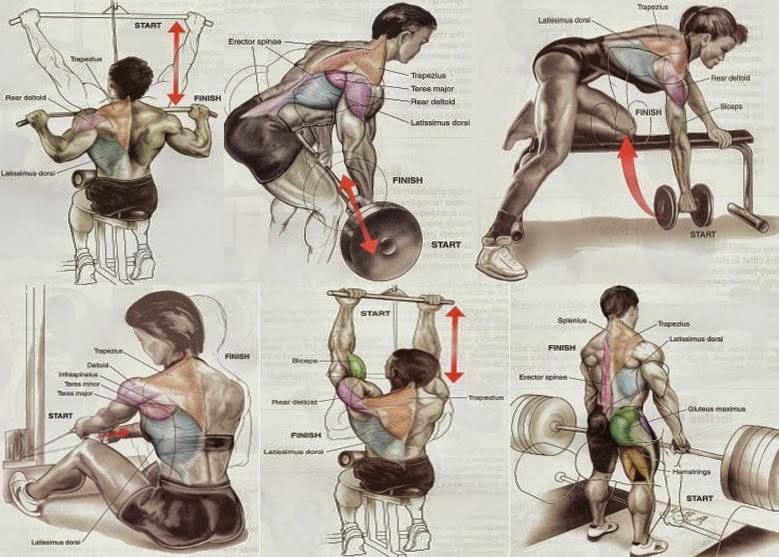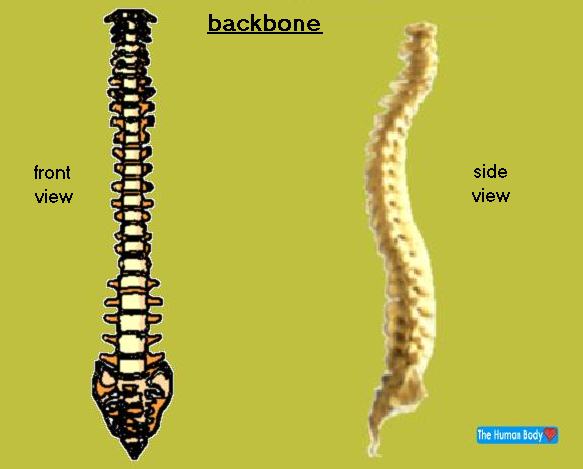

- #Backbone definition Patch#
- #Backbone definition full#
- #Backbone definition software#
- #Backbone definition code#
Backebone cabling is to connect the entrance facilities, equipment rooms and telecommunication rooms. The main difference between backbone cabling and horizontal cabling is that they cover different telecommunication service areas. Cables connecting users’ computers to outlets should be limited to 3 meters in length.īackbone Cabling vs Horizontal Cabling Difference
#Backbone definition Patch#
Patch cords for connecting the patch panel to hubs and switches in the telecommunications room should be no longer than 6 meters total distance. To comply with EIA/TIA wiring standards, individual cables should be limited to 90 meters in length between the outlet in the work area and the patch panels in the telecommunications room. Four-pair 100-ohm unshielded twisted-pair (UTP) cable ( Cat5e cable, Cat 6 cable or Cat6a cable) is usually recommended for voice and fiber optic cable (two-fiber 62.5/125-micron or 50/125-micron multimode cable, or higher fiber count ) is commonly used for data transmission. These five subsystems are often found throughout a building and are connected together so that various types of data can be transmitted consistently and securely (shown in the figure below).īoth Ethernet cable and fiber optic cable can be used for horizontal cabling.

To understand backbone cabling and horizontal cabling, let’s understand the five subsystems of structured cabling firstly. Backbone cabling vs horizontal cabling: what’s the difference between them? What kind of cables are suitable for backbone cabling and horizontal cabling? The knowledge will be introduced in this article. Since backbone cabling and horizontal cabling have many differences, cables used these two structured cabling systems are also different from each other. Backbone cabling and horizontal cabling are two main cabling methods used in today’s structured cabling system and neither is dispensable. The cables used in cabling the networks must be made from certain materials. For simplicity, "backend" (the closed compound word) has become an acceptable term for both.Computer networks require complicated and specific cabling, particularly in business or academic settings. NOTE: Backend may also be written "back end" (as a noun) or "back-end" (as an adjective).
#Backbone definition code#
Therefore, many developers write code for both the backend and frontend. While some organizations have separate backend and frontend development teams, the line between the two layers is rarely black and white. Data generated in the backend is passed to the frontend and presented to the user.
#Backbone definition full#
The backend and frontend work together to create the full user experience. JavaScript may be considered a backend or a frontend process, depending on if the code affects the user interface or not. JavaScript is a client-side process, meaning it runs in the web browser.


Everything that happens before the page is displayed in a web browser is part of the backend. These scripts generate the content of the page, which is sent to the user's web browser. A dynamic page contains one or more scripts that run on the web server each time the page is accessed. Most modern websites are dynamic, meaning webpage content is generated on-the-fly. In programming terminology, the backend is the "data access layer," while the frontend is the "presentation layer." It contrasts with the frontend, which refers to a program's or website's user interface.
#Backbone definition software#
In the computer world, the "backend" refers to any part of a website or software program that users do not see.


 0 kommentar(er)
0 kommentar(er)
